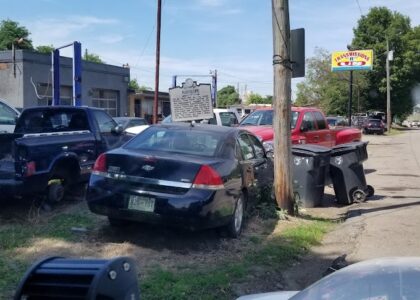Welcome to the Duarte Historical Museum, a hidden gem nestled within the city of Duarte, California. This museum serves as a portal to the past, showcasing the rich history of the area that dates back centuries. Originally inhabited by the Tongva people, known as the Gabrielino Indians by early Spanish settlers, the region holds tales of transformation and development.
In 1841, the land that makes up modern-day Duarte was part of a grant known as Rancho Azusa de Duarte, awarded to Andrés Avelino Duarte by the Mexican governor of Alta California. This grant marked the beginning of Duarte’s development as a community. The town is named after this early rancher, and his influence is still felt today.
Throughout the late 19th and early 20th centuries, Duarte evolved from a rural settlement into a thriving agricultural community, thanks in part to its fertile soil and favorable climate. The area became known for citrus production, attracting a diverse group of settlers, including Americans from the Midwest, Latinos, and Japanese immigrants.
The city also became a center for health and healing. In 1913, the Jewish Relief Association established a tuberculosis sanitarium, which would later become the renowned City of Hope Medical Center, a leader in cancer research and treatment. Another medical institution, the Santa Teresita Medical Center, was founded by the Carmelite Sisters in 1930.
Duarte’s history is also marked by its incorporation in 1957, when community members pushed for official city status, leading to the formation of the City of Duarte and the Duarte Unified School District. Today, the Duarte Historical Museum serves as a testament to these stories, housing exhibits that celebrate the city’s diverse cultural heritage and milestones.
Visitors to the museum can explore exhibits on Route 66, which runs through the heart of Duarte, as well as displays on the local history of citrus production and the contributions of the many communities that have called Duarte home. With each exhibit, the museum brings the past to life, connecting visitors to the rich tapestry of Duarte’s history.


